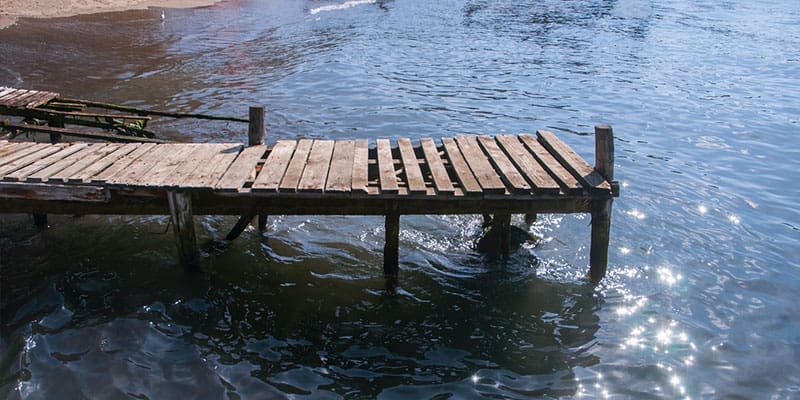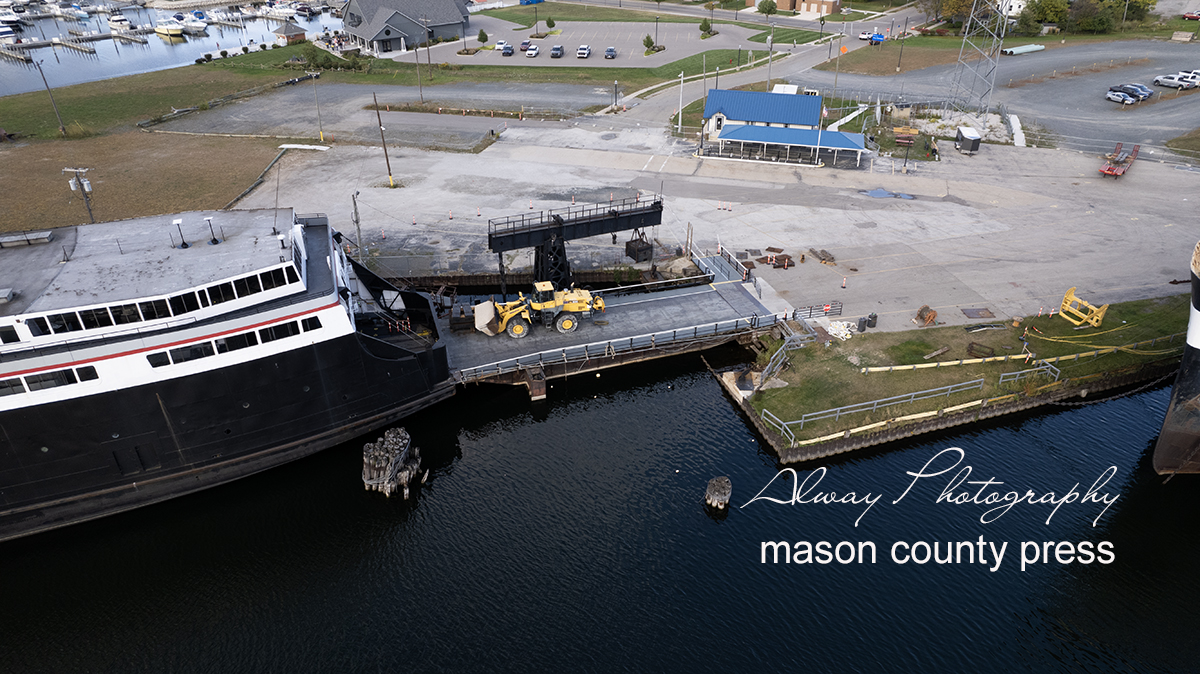DIY Tips for Simple Dock Repairs You Can Deal With
DIY Tips for Simple Dock Repairs You Can Deal With
Blog Article
How to Address Common Dock Repair Service Issues for Safe Water Tasks

Identifying Common Dock Issues
Identifying typical dock problems is vital for keeping the functionality and security of your waterfront building. Normal examinations can help reveal troubles prior to they come to be extreme, making sure both the durability of the dock and the security of those that utilize it. One prevalent concern is rusty or loosened fasteners. Gradually, screws, bolts, and other bolts can come to be loose because of continuous direct exposure to water and climate components, resulting in structural instability.
Another usual problem is the destruction of flotation protection devices. These gadgets are vital for maintaining the dock buoyant, and any kind of damage or leaks can cause the dock to list or sink. Regularly looking for leakages or waterlogged drifts can preempt extra significant issues.
In addition, algae and barnacle accumulation on the dock's surface can develop slippery and harmful conditions. This biofouling not just postures a danger to individuals however can also speed up the damage of the dock materials.
Last but not least, inspecting for indications of rust on metal elements is crucial. Corrosion can compromise the honesty of the dock's structure, making it hazardous. By consistently recognizing these usual dock problems, you can make certain that your dock remains protected and useful for many years ahead.
Repairing Rotting Timber
When resolving the concern of rotting wood on your dock, it is important to act quickly to avoid more damage. Begin by thoroughly examining the entire structure to identify all impacted locations. Utilize a screwdriver to penetrate the wood; if it sinks in easily, the timber is most likely decomposed and requires instant interest.
Be certain to reduce back to healthy, solid timber, ensuring you eliminate all compromised product. After removal, deal with the remaining timber with a wood preservative to avoid future rot.
Next, replace the gotten rid of areas with marine-grade lumber or pressure-treated wood, which are extra immune to water damages. Secure the brand-new pieces with galvanized or stainless-steel fasteners to avoid rust. Additionally, applying a waterproof sealer to the new wood can provide an added layer of security.
Safeguarding Loose Boards
Just how do you guarantee your dock continues to be safe and functional for all its individuals? One vital facet is securing loosened boards, which can otherwise posture significant risks. Loosened boards not just increase the danger of stumbling yet can also endanger the architectural integrity of the entire dock.

For reinstallation, make use of galvanized or stainless steel screws, as these products use superior resistance to corrosion in marine settings. Make certain the screws are long sufficient to permeate deep right into the underlying support framework, but not so long that they protrude with the dock's surface. Pre-drilling pilot holes can help prevent the timber from splitting.
Finally, keep a regular examination timetable to determine and address any brand-new issues without delay. By protecting loose boards effectively, you add to the overall security and durability of your dock, making it a trusted platform for water tasks.
Stabilizing Unsteady Pilings
Ensuring the stability of unstable pilings is paramount to maintaining a useful and safe dock. Use a degree to check for vertical positioning and guarantee they are driven deep enough into the substrate to provide appropriate assistance.
If the pilings are discovered to be unsteady, one effective technique for reinforcement is the use of additional bracing. click here for info Cross-bracing with treated lumber or galvanized metal can substantially boost security. Anchor the braces firmly to both the pilings and the dock structure to disperse tons equally.

Routine maintenance and routine review of the pilings' security are critical to making certain long-lasting dock safety and capability.
Changing Rusty Equipment
Attending to unsteady pilings is simply one element of preserving a dock's integrity; another vital concern is changing rusty equipment. In time, exposure to moisture and salt can cause the oxidation and corrosion of screws, braces, and bolts, compromising the whole structure's security. Normal inspection for rust is crucial, particularly after extreme climate or seasonal changes.
When rustic equipment is recognized, immediate activity is called for. Begin by picking marine-grade stainless-steel or galvanized hardware, both created to resist the harsh aquatic environment. Make sure that you have the appropriate tools, such as wrenches and screwdrivers, to securely remove the old, corroded pieces click now without creating additional damages to the dock.
After getting rid of the rusty hardware, completely clean the affected areas to get rid of any kind of residual corrosion or particles. Use a rust-inhibiting primer to subjected steel surfaces before installing the new equipment. Tighten up all fixtures securely to stop future helping to loosen, and occasionally inspect the fittings to guarantee recurring security.
Replacing rustic hardware not only prolongs the dock's lifespan but likewise significantly enhances the safety and security of water activities. By proactively managing corrosion, you safeguard both the structure and its individuals, making certain a delightful and safe and secure waterfront experience.
Final Thought
Regular inspections and upkeep are essential to deal with common dock repair issues and make sure secure water tasks. By determining and fixing troubles such as decaying wood, loosened boards, unsteady pilings, and rustic hardware, architectural stability and durability can be considerably improved. The application of marine-grade materials and appropriate treatments even more strengthens the dock against ecological stress factors. Such proactive steps contribute to the overall safety and security and performance of dock structures, fostering a protected environment for water-based tasks.
Ensuring the safety and security of water activities pivots considerably on the correct maintenance and fixing of docks (Dock Repairs). These tools are important for maintaining the dock straight from the source resilient, and any damage or slits can cause the dock to listing or sink. By regularly identifying these common dock problems, you can make sure that your dock remains safe and useful for years to come
Making certain the stability of unsteady pilings is extremely important to preserving a useful and safe dock.Routine evaluations and upkeep are necessary to resolve common dock repair service problems and make certain safe water activities.
Report this page